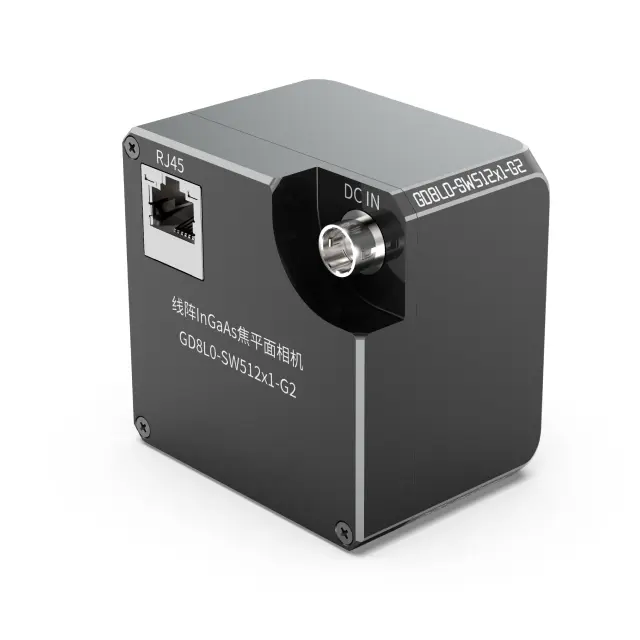


The industrial grade linear array shortwave infrared camera is designed for the spectral ange of 900-1700nm, equipped with high-performance InGaAs sensors and built-in multiple image preprocessing functions. Real time, uncompressed data high-speed transmission is achieved through a gigabit Ethernet interface, with a maximum line frequency of up to 20kHz at full resolution, ensuring continuous high-quality imaging without frame loss.
This camera also supports user customized algorithm integration, suitable for high- precision image acquisition needs in scientific research, industrial detection, and other fields.
-Using InGaAs sensors supporting 0.95μM~1.7 μ M-wide spectral imaging
-Excellent heat dissipation design and excellent power consumption design
-High sensitivity low noise, flexible control of exposure time
-Implant rich ISP functions such as noise reduction and correction with adjustable Internal parameters
-Gigabit network interface with a maximum transmission distance of up to 100m

522KB
|
Data Interface |
Gigabit Ethernet ( 1000Mbs ) Compatible Fast Ethernet ( 100Mbs ) |
|
Power supply |
Typical value12VDC |
|
Typical power consumption |
6W |
|
IP protection level |
IP40(In case of correct installation of lens and cable) |
|
Temperature |
The working temperature is-10℃~55℃, |
|
Humidit |
20%~95%RH 20%~95% RH without condensation |
| MODEL | GD8L0-SW512x2-G2 | GD8L1-SW1024x1-G2 |
| Detector type | InGaAs | |
| Pixel size | 25umx25um | 12.5umx12.5um |
| Photosensitive | 0.05mmx12.8mm | 0.0125mmx12.8mm |
| Resolution | 512×2 | 1024×1 |
| Quantum efficiency | ≥70% | |
| Exposure time | 10us ~0.9s | |
| Pixel format | Mono 8/10/12/14/16 | |
| Mirror image | Support horizontal mirror output | |
| Refrigeration mode | Structure heat dissipation, support TEC | |
| Maximum line frequency | 20kHz | |
| Optical filling factor | 100% | |
| Effective pixel rate | ≥99.5% | |
| Optical lens | Standard C port, default does not match the lens | |
| Detector temperature | With real-time temperature monitoring function | |
| Shutter mode | Global shutter supports automatic exposure, | |
| External IO trigger exposure and other modes. | ||
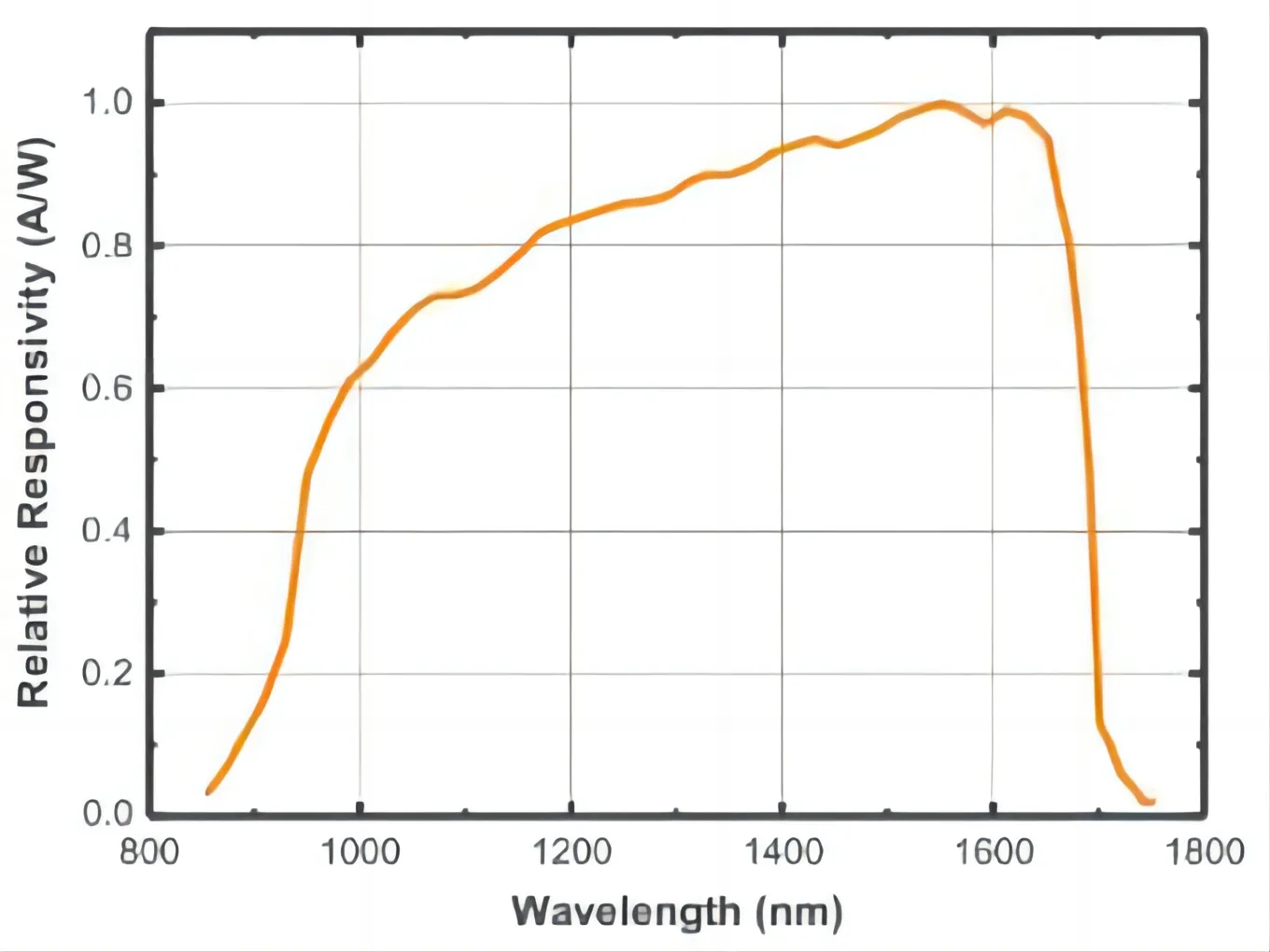
-Semiconductor testing
-Solar cell detection
-Garbage classification
-Fruit Dark Damage Detection
-Tobacco testing
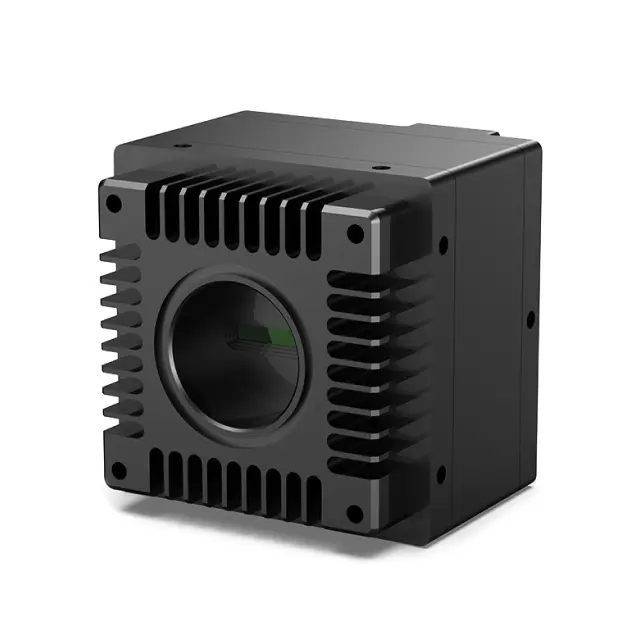
Visible Light⁺ Near-Infrared Camera
This camera is suitable for the spectral range of 400-1700nm, covering the visible light to shortwave

InGaAs Linear Focal Plane Camera
The industrial grade linear array shortwave infrared camera is designed for the spectral ange of 900-1700nm
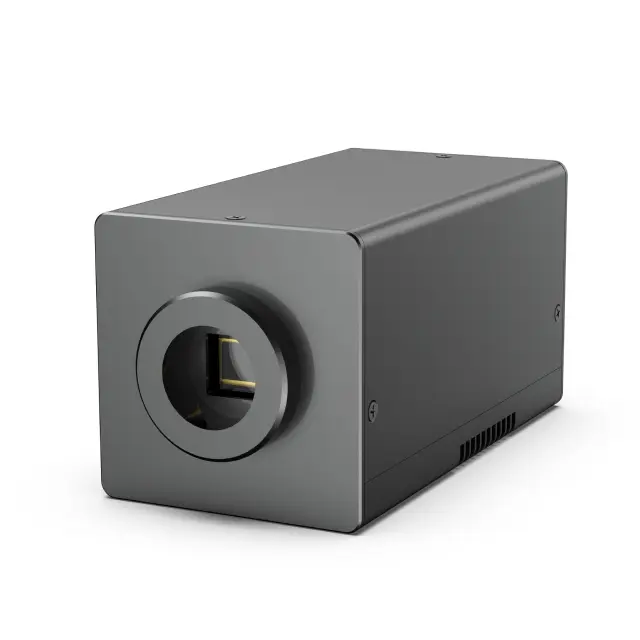
InGaAs Face Array Focal Plane Camera
This product uses domestically produced high sensitivity InGaAs array detectors, with array sizes of 320×256
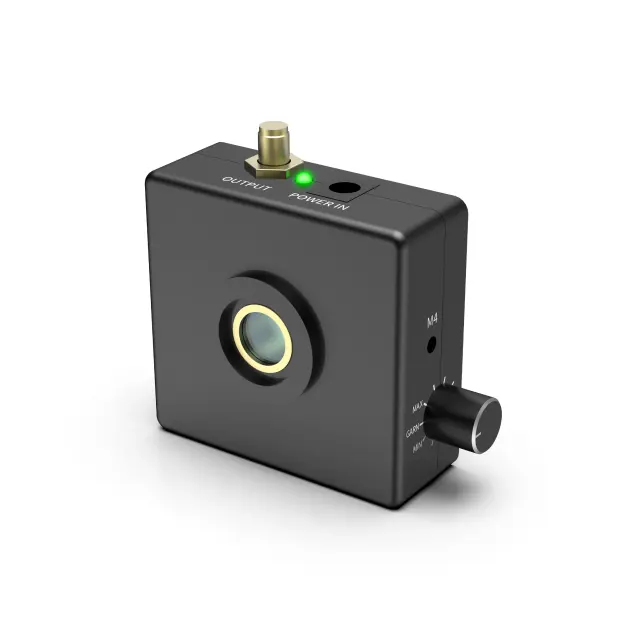
InGaAs Avalanche Photon Detector
This product is a compact near-infrared avalanche photodetector with a core circuit made of domestically
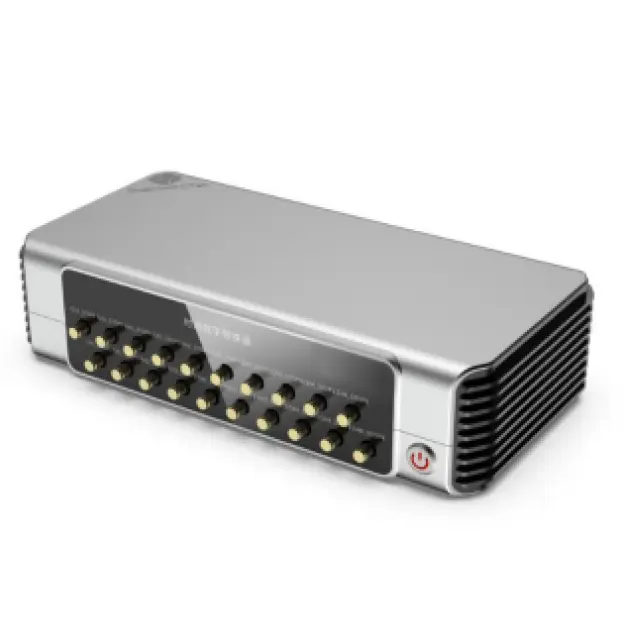
Time-to-Digital Converter
The QTDC-16CH-0A is a compact, high-precision measurement instrument featuring 16 acquisition
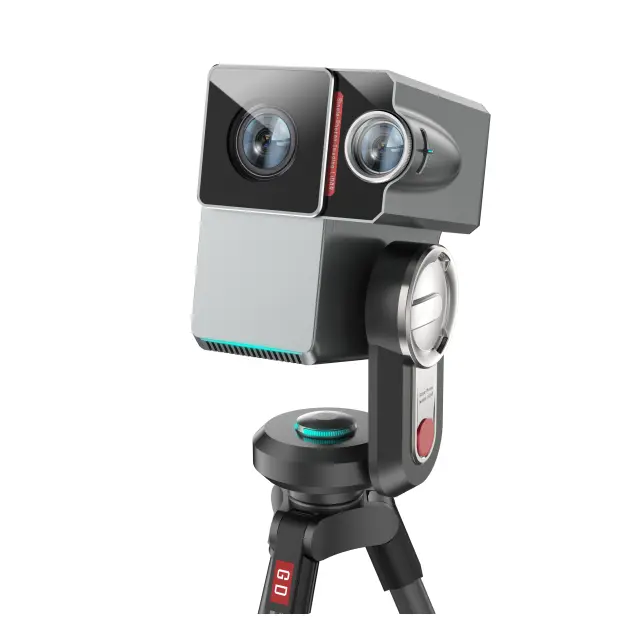
Single Photon Ranging System
This product adopts a fiber optic coaxial optical path design and an integrated system design,which has good stability
InGaAs linear focal plane array cameras represent a critical advancement in infrared imaging technology, offering specialized detection capabilities in the near-infrared (NIR) and shortwave infrared (SWIR) regions of the electromagnetic spectrum. These sophisticated imaging devices provide unique advantages for various scientific, industrial, and commercial applications where standard silicon-based sensors cannot perform effectively.
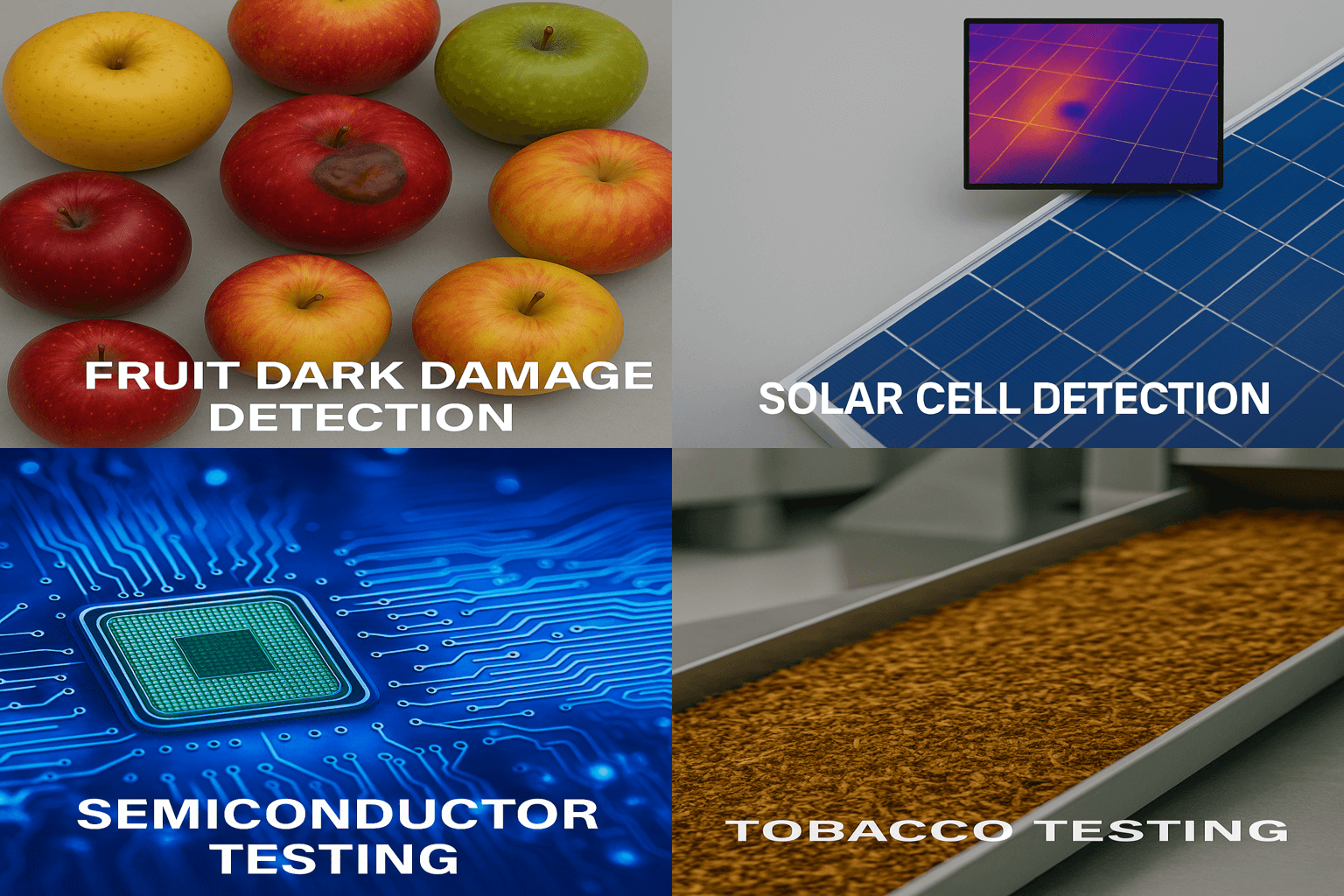
InGaAs (Indium Gallium Arsenide) linear image sensors are one-dimensional photodetector arrays designed specifically for capturing radiation in the NIR and SWIR regions spanning approximately 0.8 to 1.7 μm, with extended versions reaching up to 2.6 μm. Unlike their two-dimensional counterparts, linear arrays arrange photodiodes in a single row or limited number of rows, making them ideal for applications requiring high-speed line scanning.
The foundational technology behind these sensors consists of InGaAs photodiode arrays hybridized with specialized CMOS readout integrated circuits (ROICs). This hybrid structure typically includes an indium phosphide (InP) substrate, an InGaAs absorption layer responsible for the photosensitivity, and an ultrathin InP cap. The entire photodiode assembly is indium bump bonded to the readout circuit, creating a seamless integration of detection and signal processing functions.
A significant technological advantage of InGaAs material is its adaptability – manufacturers can adjust the indium content to tailor the spectral response characteristics, enabling detection across different portions of the SWIR spectrum. This customization capability has led to the development of specialized variants including standard range (0.8-1.7 μm), shorter range (0.8-1.45 μm), and extended ranges (1.1-2.2 μm and 1.1-2.6 μm)
Modern InGaAs linear focal plane arrays come in various configurations to suit different applications. Common array formats include:
256-element linear arrays
512-element arrays (in 512×1 or 512×2 configurations)
1024-element arrays (1024×1 configuration)
These arrays feature pixel pitches ranging from 12.5 μm to 50 μm, with pixel heights that can vary significantly from 12.5 μm to 500 μm depending on the specific application requirements. The diverse dimensional options allow system designers to optimize for specific performance characteristics like light sensitivity or spatial resolution.
The standard spectral response range for InGaAs linear arrays spans approximately 900-1700 nm, covering the critical SWIR region. Some specialized variants offer:
Extended visible response (400-1700 nm)
Standard SWIR response (950-1700 nm)
Extended SWIR detection up to 2.6 μm
This versatile spectral capability enables these sensors to detect radiation invisible to the human eye and conventional silicon-based detectors, providing crucial imaging capabilities in specialized applications.
InGaAs linear arrays demonstrate exceptional performance characteristics that make them valuable for demanding imaging applications:
Quantum efficiency typically exceeding 70% across the 1.0-1.6 μm range
Dynamic range of ≥65-70 dB
Exposure times ranging from 10 μs to 0.9 seconds
Maximum line frequency reaching 20 kHz at full resolution
Pixel operability exceeding 99.5%
These sensors also benefit from advanced signal processing capabilities, including autozero functions that reduce dark current and non-uniformity, thereby extending operational range to higher temperatures and longer exposure times.
InGaAs linear array cameras employ sophisticated readout mechanisms that directly impact system performance. Key features include:
Adjustable exposure time for application optimizationThese cameras typically support both internal synchronization and external trigger modes, providing flexibility for integration with broader imaging systems and industrial processes.
Temperature management is critical for optimal performance in InGaAs sensors. Modern cameras incorporate:
Effective cooling systems significantly improve signal-to-noise ratio (SNR), particularly important for low-light applications and scenarios requiring extended exposure times.
Current generation InGaAs linear array cameras utilize high-speed digital interfaces to enable real-time data transmission:
The GigE interface allows uncompressed data transmission over distances up to 100 meters, making these cameras suitable for industrial environments where control systems may be remotely located.
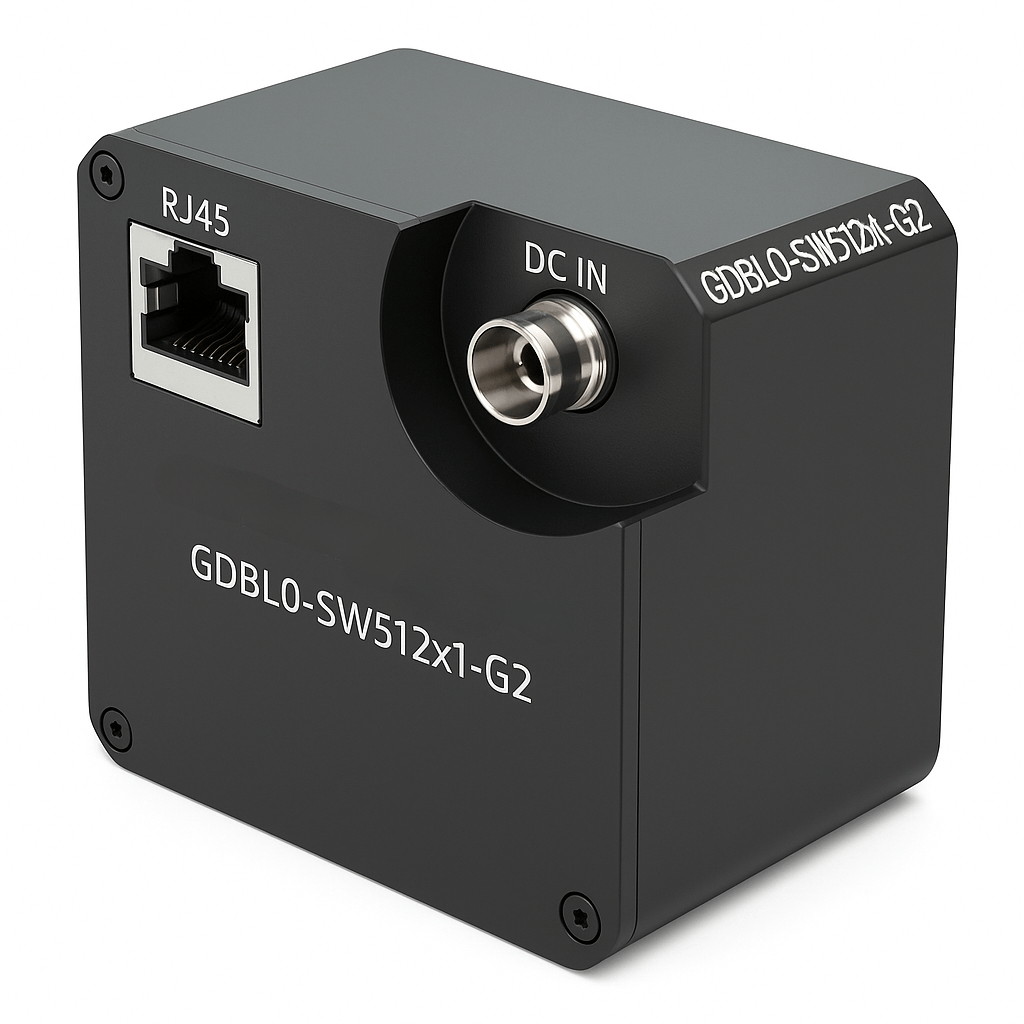
The unique capabilities of InGaAs linear focal plane array cameras make them invaluable across diverse application domains:
Agricultural product inspection and material sorting
Non-destructive scanning and foreign object detection in production lines
Semiconductor wafer pattern inspection and solar silicon-based testing
Metals manufacturing and high-temperature surface inspection
NIR/SWIR spectroscopy for material analysis
FTIR/NIR interferometry in research settings
Biomedical analysis and medical imaging
Hyperspectral imaging applications
Telecom equipment monitoring (optical switches and add-drop multiplexers)
Laser beam profiling and observation
Imaging through challenging visual conditions (smoke, fog, haze)
Night vision systems and security applications
Through-smoke and fog imaging for safety and surveillance
Remote sensing in severe weather conditions
Fire detection systems
SWIR (Short-Wave Infrared) imaging operates in the 0.9–1.7 μm wavelength range, enabling detection of light invisible to conventional silicon-based sensors. Unlike thermal imaging, SWIR photons reflect off objects similarly to visible light, producing high-resolution images with shadows and contrast. This allows imaging through materials like silicon, fog, and smoke, while differentiating colors that appear identical in visible light.
Linear array cameras arrange pixels in a single row (e.g., 512×1 or 1024×1 configurations), ideal for high-speed line scanning of moving objects or elongated fields of view. Area array cameras use a rectangular pixel matrix for full-frame captures, better suited for static scenes. Linear arrays excel in applications requiring high precision over large areas, such as semiconductor wafer inspection, where they capture strip images merged into a composite.
Standard InGaAs arrays detect 0.8–1.7 μm, while extended variants reach 2.6 μm. Customized ranges include:
Visible-extended: 0.4–1.7 μm (for hybrid visible-SWIR imaging)
Short-range: 0.8–1.45 μm (optimized for specific material analysis)
Extended SWIR: 1.1–2.6 μm (for hydrocarbon detection or thermal imaging).
Common configurations include:
256-element arrays (25 μm pitch) for compact systems
512×1 or 512×2 arrays (12.5–50 μm pitch) balancing speed and sensitivity
1024×1 arrays (10 μm pitch) for high-resolution tasks like OCT imaging.
Pixel heights vary from 12.5 μm (for spatial detail) to 500 μm (for light-gathering in spectroscopy).
Thermoelectric coolers (TECs) stabilize sensor temperatures, reducing dark current by up to 90%. For example, cooling to -50°C enables exposure times >1 second with minimal noise, critical for low-light applications like astronomy or biomedical imaging.
Frame rates depend on:
Pixel clock speed: Up to 100 MHz readout rates enable 76,000 lines/second in 2048-element arrays.
Integration mode: “Integrate-while-read” modes reduce overhead, allowing 170 fps in full-resolution modes.
Interface bandwidth: GigE Vision supports ≤1 Gbps, while CameraLink enables ≤850 MB/s for high-speed workflows.
Yes. SWIR light penetrates silicon, enabling inspection of wafer alignment marks and subsurface defects invisible to visible cameras.
Moisture content, bruising, and foreign object detection in produce are achieved via spectral reflectance differences at SWIR wavelengths. For example, water absorption peaks at 1.45 μm help identify overly hydrated or dehydrated fruits.